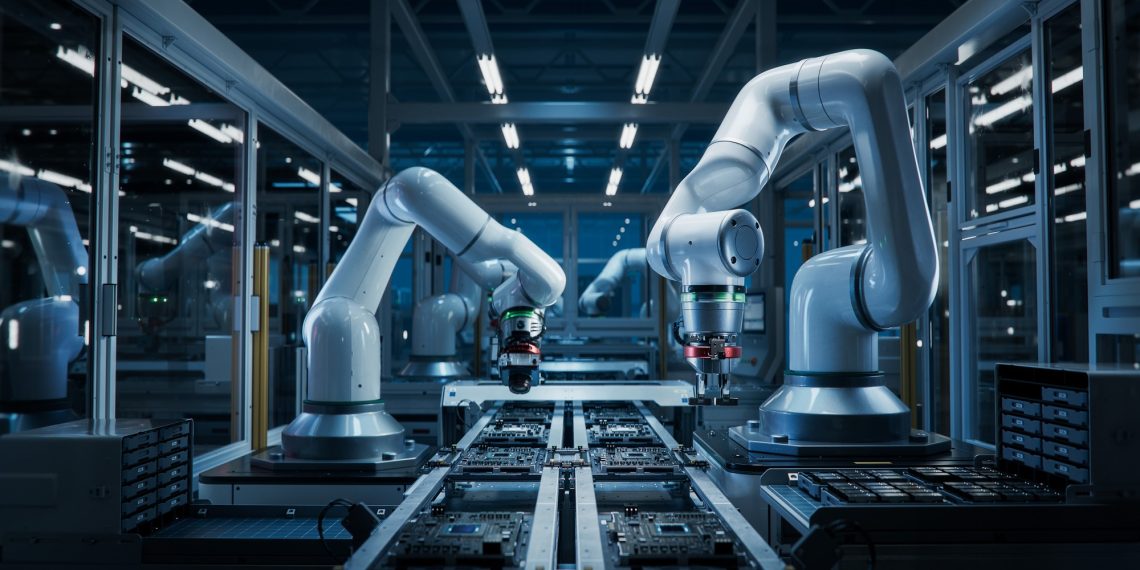AI-powered automation is reshaping manufacturing, as seen in China’s “dark factories”—facilities that operate without human workers or lighting, relying entirely on robotics and artificial intelligence. Companies such as Xiaomi have built fully automated plants, with one facility producing a smartphone every second and achieving high efficiency and precision. This approach eliminates human error, slashes labor expenses, and enables nonstop production.
By 2023, China’s adoption of industrial robots surged, with 470 robots per 10,000 manufacturing employees, far above the global average. Major firms like Foxconn and BYD have automated large portions of their operations, replacing thousands of workers with machines. In 2022, China installed over half of the world’s industrial robots, supporting national strategies to lead in advanced manufacturing.
The business benefits are clear:
– Automation of repetitive tasks reduces costs and increases efficiency.
– AI-driven systems enable real-time monitoring, predictive maintenance, and optimized supply chains, minimizing downtime and cutting operational delays.
– Energy-efficient design in dark factories supports environmental targets by reducing the need for lighting and climate control.
However, these gains come with challenges. Millions of manufacturing jobs are at risk as machines take over manual roles. While new opportunities are emerging in areas like robotics maintenance and data analysis, there is a pressing need for investment in retraining programs to help workers transition to these new roles.
Practical examples include Xiaomi’s smart factory using AI for automated quality checks and maintenance, Foxconn’s robot-driven assembly lines, and BYD’s use of automation in electric vehicle production. These cases demonstrate how businesses can boost productivity while adjusting to a rapidly changing workforce landscape.
Looking ahead, successful companies will combine automation with human talent, leveraging AI for routine processes while relying on people for creativity, problem-solving, and strategic decisions. Ensuring workers are reskilled and supported will be crucial for sustainable growth as automation becomes central to industrial success.









